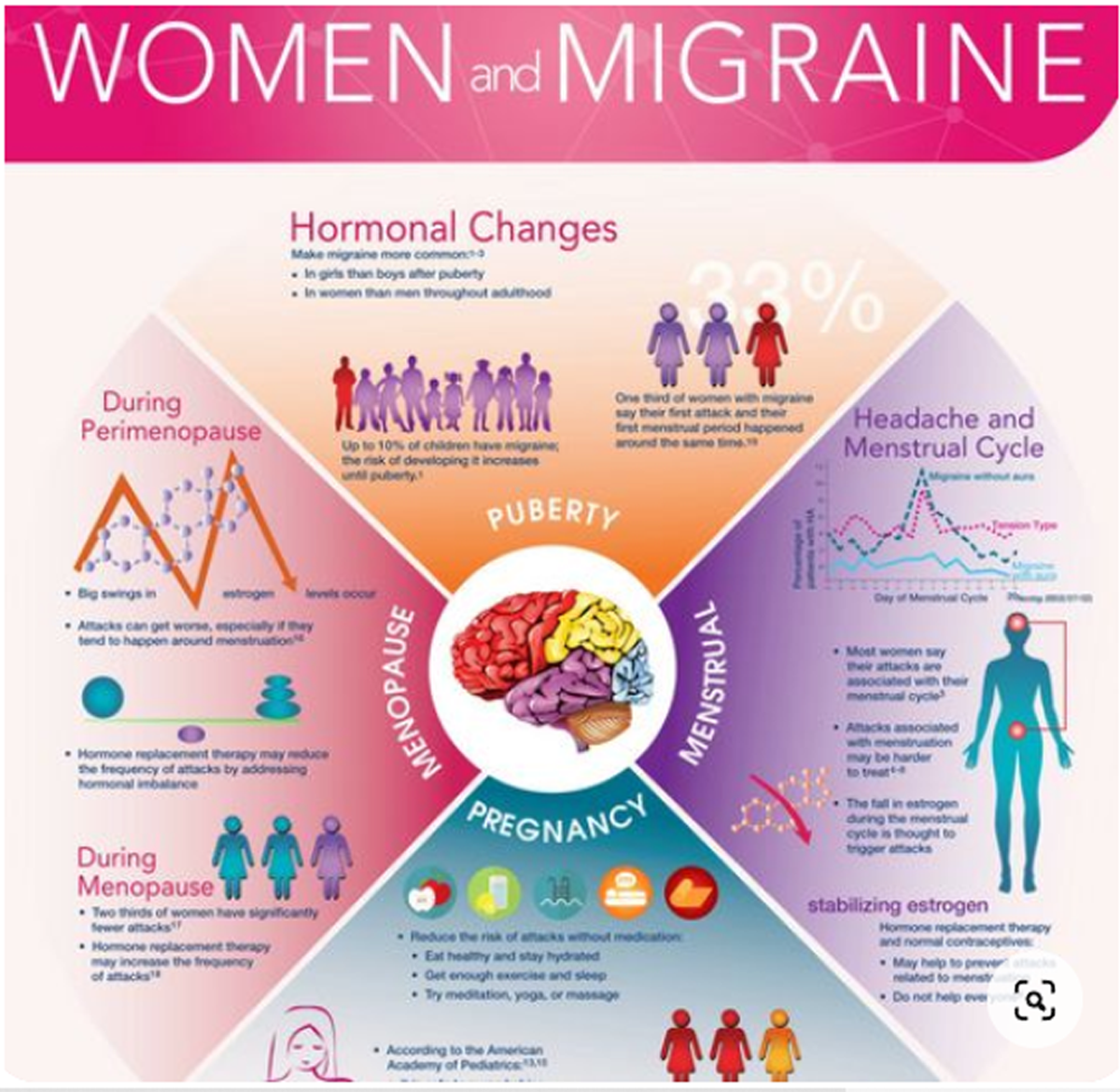Too Sweet to Be Good? The Potential Health Hazards of Artificial Sweeteners
SOURCE: Dynamic Chiropractic
By Claudia Anrig, DC
With worldwide obesity rates doubling in the past three decades, is it any surprise that artificial sweeteners have been gaining popularity? Beginning with the creation of saccharin, “sugar substitutes” have become the supposed answer to a dieter’s prayer – and part of the daily diet of many of our children.
Let’s review the various sugar substitutes on the market today to appreciate what they are and why they may not be the best option in terms of your patients’ – and your – health.
Aspartame: NutraSweet or Equal
This sugar substitute was discovered in 1965 by accident while chemist James Schlatter was testing an anti-ulcer drug. [1] Aspartame gained FDA approval in 1981 and was approved in 1983 for use in carbonated beverages, where it is most commonly found now as the primary sweetener for most diet sodas. [2]
Aspartame accounts for over 75 percent of the adverse reactions to food additives reported to the FDA and has been linked to serious medical reactions. [3, 4] Researchers and physicians studying these reactions have concluded that the following chronic illnesses can worsen when ingesting aspartame: brain tumors, multiple sclerosis, epilepsy, chronic fatigue syndrome, Parkinson’s disease, Alzheimer’s, mental retardation, lymphoma, birth defects, fibromyalgia, and diabetes. [4]
Yet despite and apparently disregarding these startling statistics, the United Kingdom’s Scientific Committee on Food (SCF), in reviewing more than 500 papers published in the scientific literature between 1988 and 2001, determined that it was unnecessary to revise its earlier “risk assessment” or the acceptable daily intake of aspartame. According to the committee, 40 milligrams per kilogram of body weight per day is an acceptable daily intake and will pose no risk to an adult. This is the equivalent of 14 cans of diet soda if the soft drink’s manufacturer has opted to use the full amount allowable per 12 ounce can. [5]
The most popular of all sugar substitutes, aspartame is found in more than 6,000 food items on grocery store shelves, many of which you would never expect to contain it: yogurt, chewing gum, energy bars, gelatin snacks and more. [6]
Children and Aspartame
Of bigger concern is the amount of ingested items marketed to children that contain aspartame. Obviously the concern over childhood obesity has created a market for “diet” and “sugar free” foods that children can consume, but there are potential dangers to children that far outweigh the potential dangers to adults.
Aspartame releases aspartate (a neurotransmitter) during digestion. Aspartate is an excitatory amino acid that the brain actually needs and so is readily allowed to cross the blood-brain-barrier (BBB), which is the barrier that protects the brain from harmful chemicals. The problem is that the BBB is not fully developed during childhood and may allow seepage of excess aspartate and glutamate into the brain. [4, 7, 8]
One of the roles of the nervous system is to control the concentration of excitatory amino acids; it does this by “pumping the excess back into glial cells, which surround the neurons and supply them with energy.” [7] A compromised or underdeveloped BBB will eventually allow excitotoxins (aspartame) to cross, resulting in several adverse reactions such as the nerves being stimulated to fire excessively by the excitotoxins. [8]
The only way for the body to then restore the system requires normal enzymes, which are actually canceled by the phenylalanine and aspartic acid found in aspartame. These “compulsory enzyme reactions” require a healthy energy system, which has basically been compromised by the actual excessive firing of the neurons, potentially resulting in one or more of the following: [8]
- Diminishing intracellular ATP stores
- The presence of formaldehyde
- Intracellular calcium uptake being changed (e.g., phenylalanine binds to NMDA receptor, not glutamate, thus altering calcium channels)
- Cellular mitochondrial damage
- Destruction of the cellular wall
- Subsequent release of free radicals
In other words, aspartame consumption initiates a vicious cycle that potentially damages neurotransmitters in the brain and overworks the nervous and energy system.
Understanding the dangers involved with children consuming aspartame, it would make sense that parents are going to avoid anything that says “sugar free,” “low calorie” or “diet” on the label. But many things include aspartame that you would not expect, such as Wrigley’s Chewing Gum (several different flavors), General Mills Fiber One Cereals and Klondike Slim-A-Bear Ice Cream Sandwiches. Other unexpected sources of aspartame include Children’s Tylenol (all flavors), PediaCare (all products), most store-brand children’s fever reducers and pain relievers, as well as Flintstones Chewable Vitamins.
That being said, the only chance a parent has of making sure their children don’t ingest any aspartame these days is to be a label reader. Since aspartame has been shown to cause severe reactions in people with phenylketonuria (a genetic disorder), it is easy to see if an item contains aspartame, as manufacturers are required to put the following warning on the label: “Phenylketonurics – Contains Phenylalanine.” Generally this warning appears right below the nutrition facts.
Sucralose – Splenda
In 1976, this sugar substitute was discovered by Tate & Lyle scientists working with Queen Elizabeth College. A young chemist incorrectly thought a researcher told him to taste the powder they were working with and discovered that it was incredibly sweet; as much as 600 times sweeter than standard table sugar. [9]
Sucralose is advertised as being made from sugar and so has avoided the “bad press” that comes with being a chemical, when in fact it’s exactly that, a chemical. Created by a patented chemical reaction (chlorination process) that, in simplified terms, removes three molecules of hydrogen and oxygen (or hydroxyls) and replaces them with chloride, sucralose is a manufactured product. [10]
According to Dr. Joseph Mercola, sucralose bears more chemical similarity to DDT (a banned pesticide) than it does to sugar, and since the resultant product does not exist in nature and was never intended to be consumed, our bodies don’t know what to do with it once it’s ingested. [11] Research has said that it’s “safe,” and McNeil Nutritionals claims it’s not digested or metabolized by the body, so it has no calories. But the latest research suggests that up to 15 percent of sucralose is in fact absorbed in the digestive system and into fat cells. [11]
Saccharin – Sweet & Low
Discovered in 1879 by researchers at Johns Hopkins University, saccharin was a “boon to food manufacturers and consumers, especially those with diabetes,” as it sweetened foods without causing a glucose reaction. After World War II and into the 1960s, when interest in weight control developed, saccharin became even more popular. [12]
It was only a short time later that saccharin became a health concern, and a 1977 study determined that it was causing cancer in lab mice. This resulted in a cancer warning being added to all items that contained this chemically produced sweetener. However, recent studies have been published claiming those lab results were inaccurate or overexaggerated, and suddenly saccharin has been deemed “safe.” [13]
According to a report written in 1997 by the Center for the Science in Public Interest (CSPI), removing saccharin from the list of potential carcinogens is a mistake; the main concern is that doing so gives the public a “false sense of security.” The CSPI report states, “If saccharin is even a weak carcinogen, this unnecessary additive would pose an intolerable risk to the public.”
Agave
The next sugar substitute to hit the shelves, agave, may actually be just as bad for you as chemically created sweeteners. Made from the same plant as tequila, this syrup is generally not made from the sap, as is commonly believed, but is usually made from the pineapple-like root bulb using a process very similar to how cornstarch is converted to high-fructose corn syrup.
Once processed, agave has such a high fructose content that it’s almost as bad for your body as high-fructose corn syrup. Although agave has become popular in the past few years as a “natural” sweetener, the question still arises: What is the source? If it isn’t the sap taken directly from the leaves, then it should be considered chemically altered. [14]
Natural Sweeteners
Although it’s best to leave things in its natural state, there might be times that a parent would like to sweeten something; or when baking, they may need a good sugar substitute. For those times, many wellness practitioners would recommend stevia. [15] The most natural of all low-calorie sweeteners, this plant is found in South America and has been used in Paraguay for centuries and Japan for decades. As with all sweeteners, the difference is where and how it’s produced. Be sure to purchase all-natural stevia and avoid name-brand products (such as Truvia, Merisant, PureVia, etc.), as they are typically processed. [15]
Natural sweeteners are generally anything that is found sweet in its original form and does not require a chemical reaction to be formed. This would not include “corn sugar,” which is just another name for high-fructose corn syrup.
The Sugar Problem
In an attempt to avoid using artificial sweeteners, parents may think regular sugar is acceptable because it’s not a chemical. The truth is that the average child, even with these artificial sweeteners being so prevalent, is consuming more sugar than is healthy in their diet.
The average child consumes twice the amount of recommended daily sugar intake [16] and more than 42 percent of the added sugars in the daily diet come from sugary beverages. [17] The childhood obesity epidemic has become a serious concern, resulting in the Federal Trade Commission and the Department of Health and Human Services releasing guidelines for marketing unhealthy food products to children in 2006. [18]
Very simply, things that are sweet should be a treat. They are not items that should be consumed daily. Whether it’s an artificial sweetener, sugar – or even natural sugar from whole fruit – things that are sweet should not be a major part of a child’s daily diet.
Parents need to be advised that eating items that have been chemically created is generally not a good idea. Artificial sweeteners such as saccharin, aspartame and sucralose have been reported to cause various adverse reactions such as headaches, migraines, nausea, diarrhea, dizziness, blurred vision and seizures. [19]
Furthermore, research is showing that while our taste buds may be fooled by the sweet-tasting, but calorie-free treats we’re allowing ourselves, our brains might not. Studies suggest the possibility that consuming low-calorie sweeteners may actually cause weight gain by confusing the body’s ability to estimate caloric intake and resulting in overindulgence later. [20, 21]
The takeaway for parents is that a diet rich in whole, living foods is the only way to ensure that as a family, they are practicing a healthier lifestyle. A good rule of thumb is that if something tastes sweet, but has no calories or carbs, they can assume the sweetness is chemically created and should be avoided.
Review the rest of this article @:






What a great download to show my patients.
Seems no matter the amount of research done on Aspartame and other artificial sweetners, the political or legal will is not there to remove this from the shelves.
No more Agave, bummer.